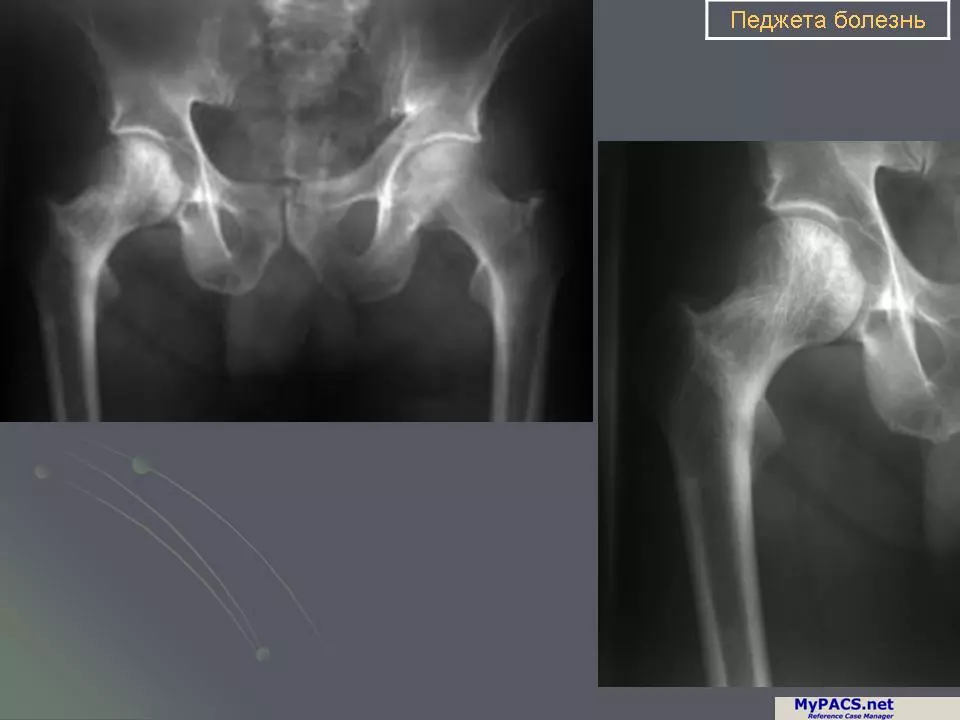Understanding Osteodystrophy and Its Impact on Bone Health
Osteodystrophy is a condition where bones weaken or become misshapen due to problems with mineral metabolism, often involving calcium and phosphate. It can come from chronic kidney disease or other disorders that mess up the normal balance of minerals in your body. If you’ve noticed bone pain, fractures, or deformities, it might be related to osteodystrophy.
What makes osteodystrophy tricky is it doesn't always cause clear symptoms early on. People might first experience vague bone aches or notice their bones become fragile over time. Sometimes, it shows up as joint pain or muscle weakness. The key is understanding the risk factors—kidney problems are common culprits, but vitamin D deficiency and parathyroid hormone imbalance can also play major roles.
Why Does Osteodystrophy Happen?
Your bones rely on a careful balance of calcium and phosphate to stay strong. When this balance is off, the bone-building and breakdown processes get disrupted. Chronic kidney disease lowers your kidneys’ ability to manage these minerals, leading to buildup or shortage that damages bone tissue. Plus, parathyroid hormone levels may spike, pulling calcium from the bones and leaving them soggy and weak.
Different types of osteodystrophy exist depending on the underlying cause and how it affects bone remodeling. Some types cause bones to become dense but brittle, while others lead to soft or deformed bones. Recognizing these types helps doctors choose the right treatment.
How Osteodystrophy Is Managed
Treating osteodystrophy is about fixing that mineral imbalance and protecting your bones. Doctors often start by managing the root cause—like improving kidney function or balancing hormones. Supplements like vitamin D and calcium may be prescribed carefully to avoid further complications.
Medications that control parathyroid hormone or phosphate levels can also be part of the plan. In some cases, lifestyle changes such as diet adjustments and exercise can help support bone health. Staying on top of regular check-ups lets your healthcare provider track bone density and mineral levels to prevent worsening issues.
If you or someone you know has risk factors or symptoms linked to bone weakness and mineral disorders, don't hesitate to check with a doctor. Early diagnosis and proper care make a big difference in living well with osteodystrophy.

